本帖最后由 aramy 于 2025-10-15 10:09 编辑
自打上次使用esp-idf驱动起来了GDI接口的显示屏后,就想着同时驱动起GDI接口中的I2C总线的温湿度传感器(SHT30)。可是使用esp-idf的例程,无论是硬件I2C还是软件模拟I2C,去读取sht20都失败了。
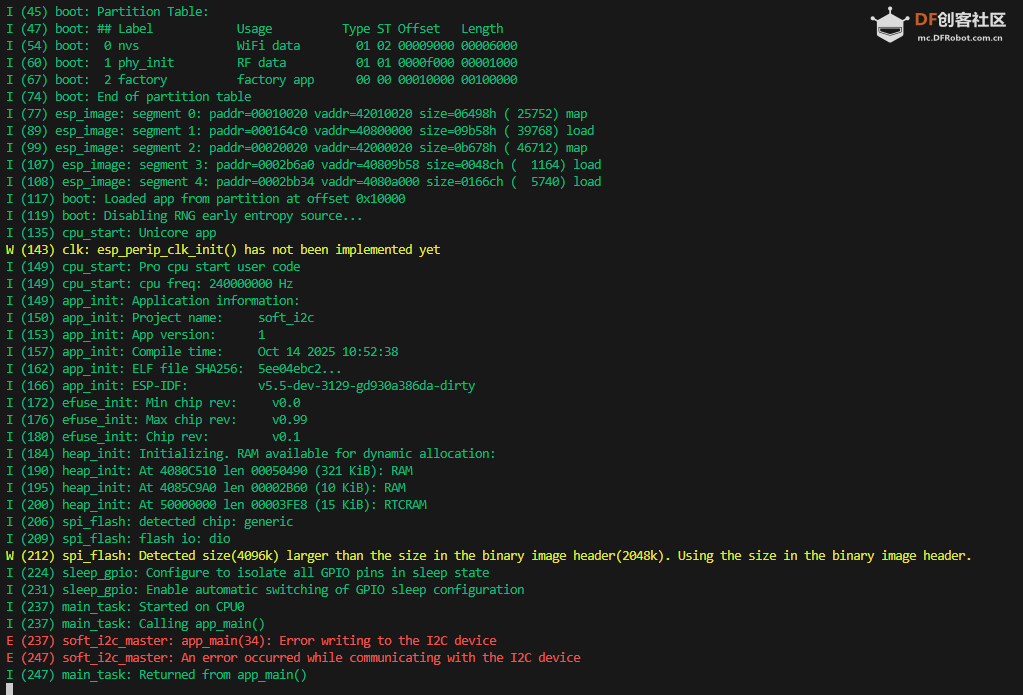
来来回回搞了几天,无奈技术太菜,解决不了问题。最终放弃使用esp-idf。

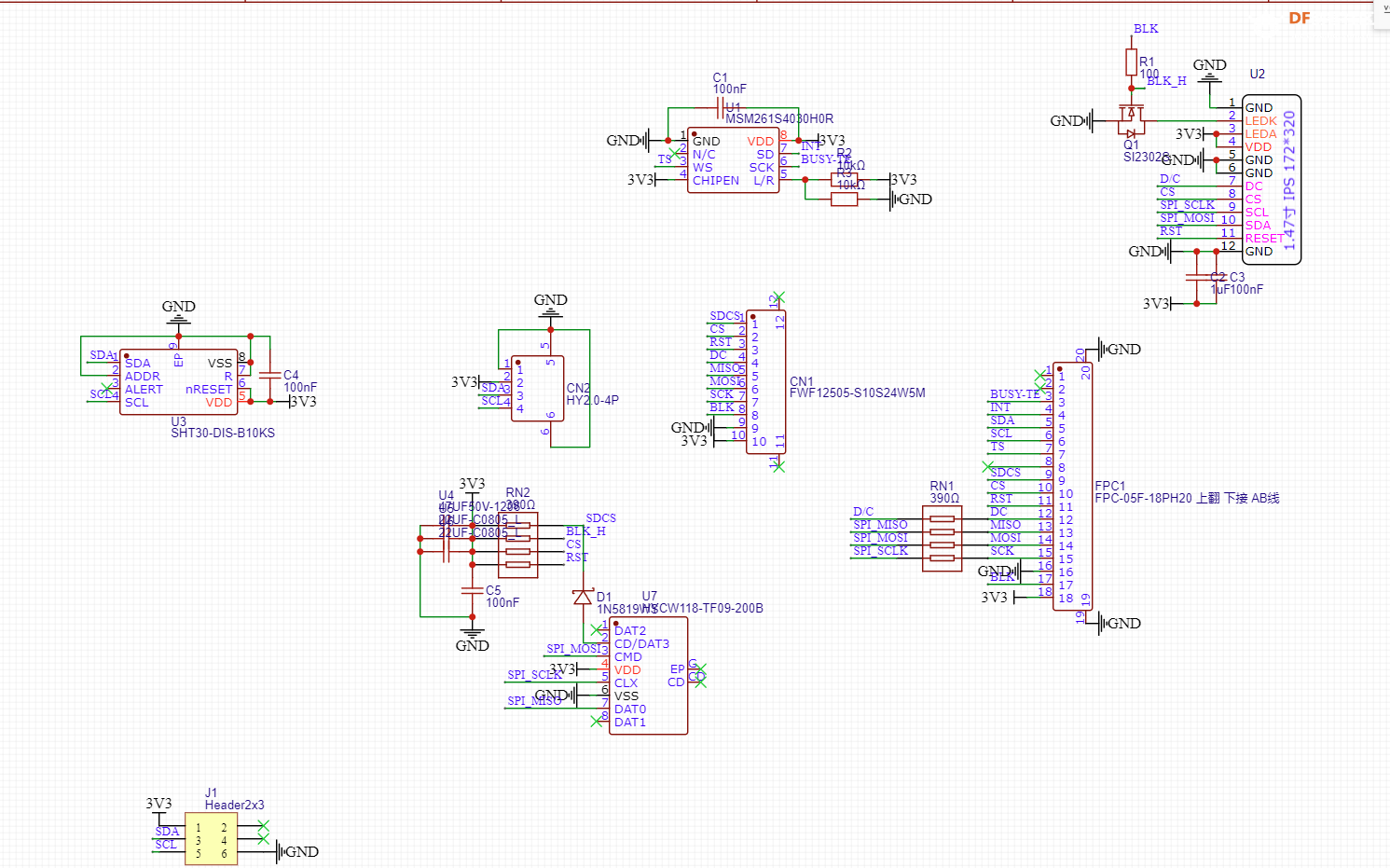
切换回Arduino编程,感觉一切又变得简单起来了。第一步:驱动SPI屏幕。扩展板上有块ST7789屏幕,使用SIP总线,通过GDI接口与开发板连接。查阅官方文档,可以查到GDI口中对应的管脚信息。安装第三方屏幕驱动库"AdafruitST7789",然后在程序中修改对应管脚。 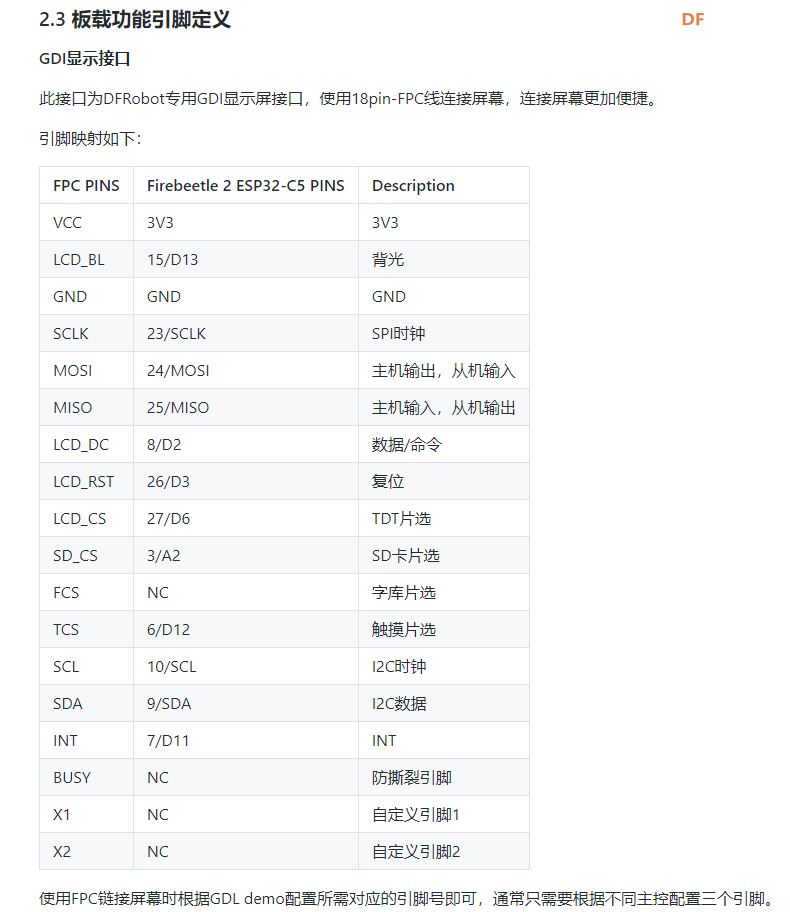 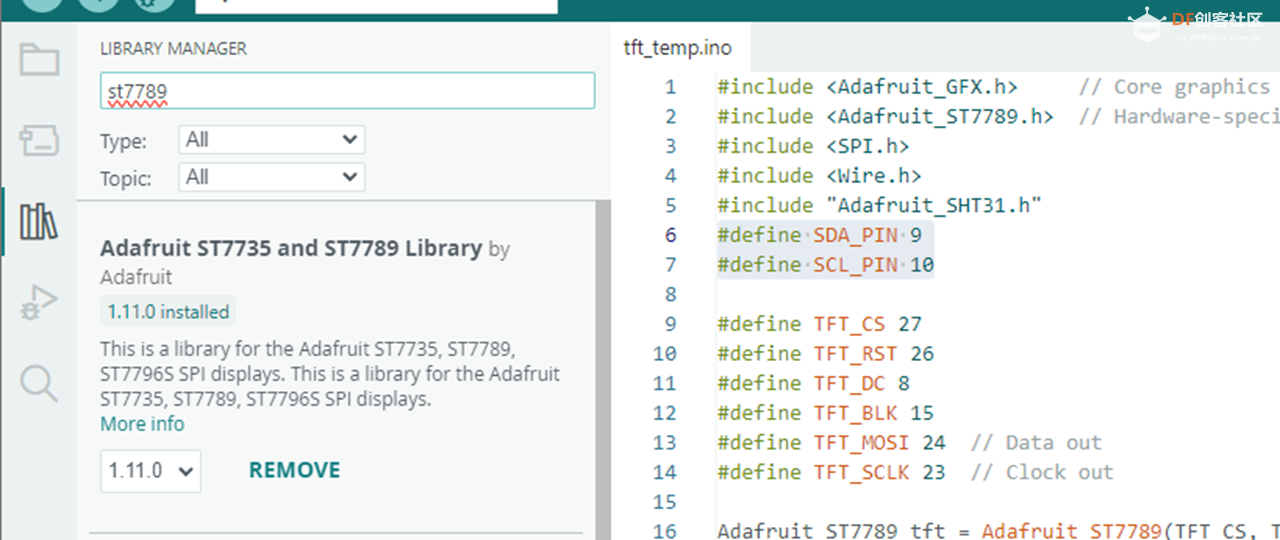
第二步:驱动扩展板上的温湿度传感器SHT30。这里也是使用第三方驱动库。 需要留意一下,GDI接口中的I2C接口是接在9、10两个管脚上的。需要在Wire类初始化时,修改一下对应的管脚。
- #include "Adafruit_SHT31.h"
- #define SDA_PIN 9
- #define SCL_PIN 10
-
- Wire.begin(SDA_PIN, SCL_PIN);
第三步:就是把传感器收集来的数据通过屏幕展示出来。- #include <Adafruit_GFX.h> // Core graphics library
- #include <Adafruit_ST7789.h> // Hardware-specific library for ST7789
- #include <SPI.h>
- #include <Wire.h>
- #include "Adafruit_SHT31.h"
- #define SDA_PIN 9
- #define SCL_PIN 10
-
- #define TFT_CS 27
- #define TFT_RST 26
- #define TFT_DC 8
- #define TFT_BLK 15
- #define TFT_MOSI 24 // Data out
- #define TFT_SCLK 23 // Clock out
-
- Adafruit_ST7789 tft = Adafruit_ST7789(TFT_CS, TFT_DC, TFT_MOSI, TFT_SCLK, TFT_RST);
- Adafruit_SHT31 sht31 = Adafruit_SHT31();
-
- void setup(void) {
- Serial.begin(115200);
- Wire.begin(SDA_PIN, SCL_PIN);
- if (!sht31.begin(0x44)) {
- Serial.println("找不到SHT31");
- while (1) delay(1);
- }
-
- pinMode(TFT_BLK, OUTPUT);
- digitalWrite(TFT_BLK, HIGH); //开背光
- tft.init(172, 320); // Init ST7789 280x240
- tft.setSPISpeed(40000000);
- // tft.fillScreen(ST77XX_BLACK);
-
- tft.setTextWrap(false);
- }
-
- void loop() {
- char m_str[6];
- float temp = sht31.readTemperature();
- float hum = sht31.readHumidity();
- if (!isnan(temp)) {
- Serial.print("温度: ");
- Serial.print(temp);
- Serial.println(" *C");
- } else {
- Serial.println("读取温度失败");
- }
- if (!isnan(hum)) {
- Serial.print("湿度: ");
- Serial.print(hum);
- Serial.println(" %");
- } else {
- Serial.println("读取湿度失败");
- }
- tft.fillScreen(ST77XX_BLACK);
- tft.setTextSize(5);
- tft.setTextColor(ST77XX_RED);
- tft.setCursor(5, 50);
- tft.println("T:");
- tft.setCursor(5, 100);
- dtostrf(temp, 3, 1, m_str);
- tft.println(m_str);
-
- tft.setTextColor(ST77XX_GREEN);
- tft.setCursor(0, 180);
- tft.println("H:");
- tft.setCursor(0, 230);
- dtostrf(hum, 3, 1, m_str);
- tft.println(m_str);
- delay(2000);
- }
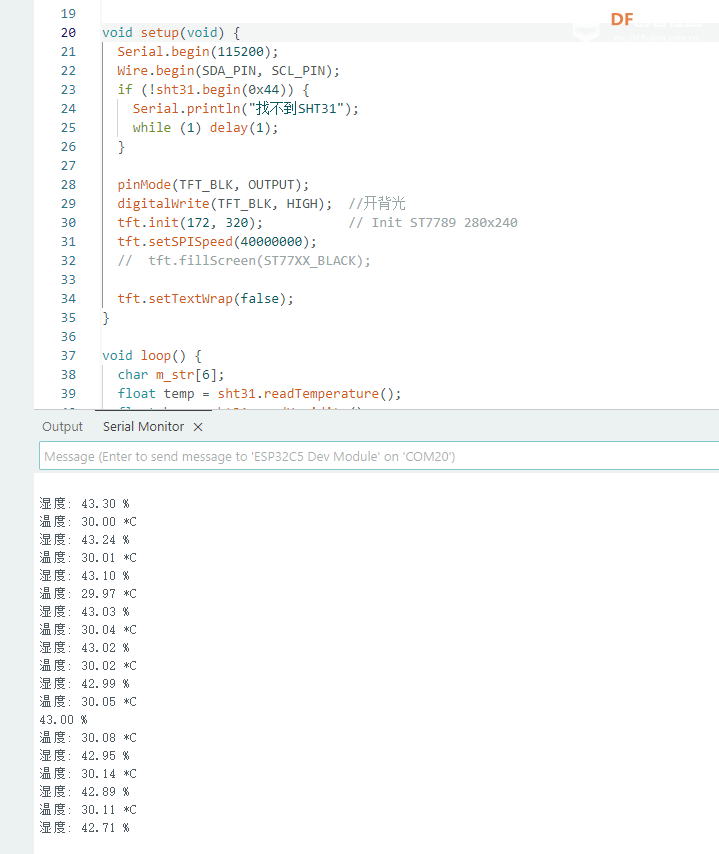 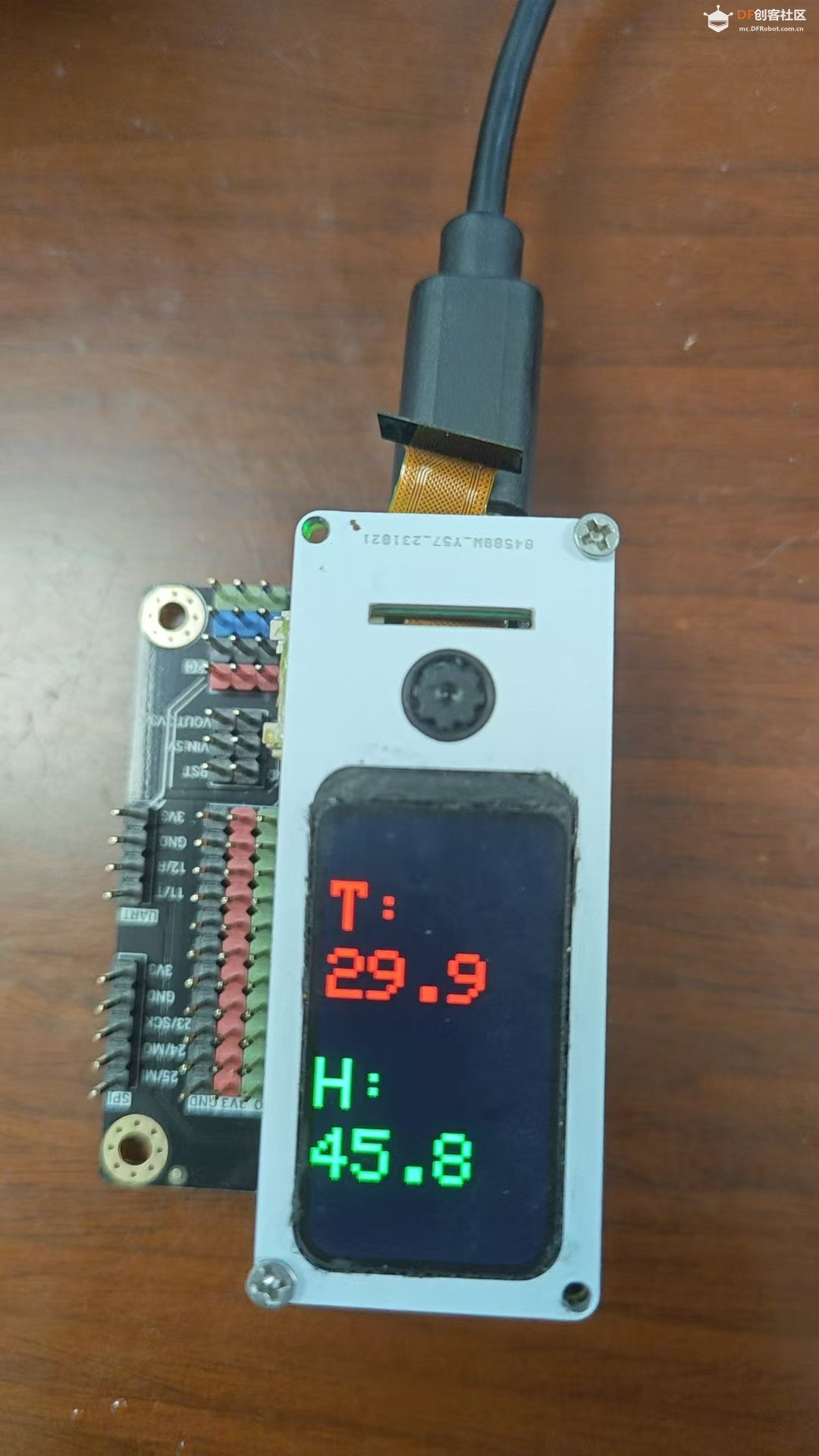
成功读取并展示温湿度信息。不过温度与实际偏高,其原因是SHT30安装位置太贴近ESP32-C5的开发板了,MCU工作时导致周围温度升高。
| 





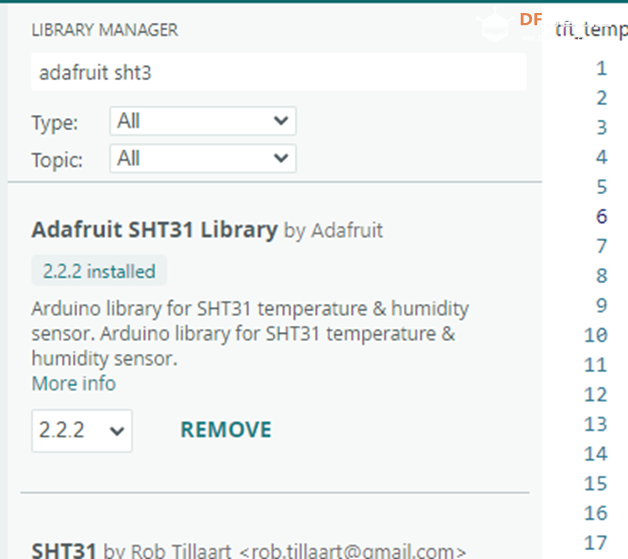


 沪公网安备31011502402448
沪公网安备31011502402448